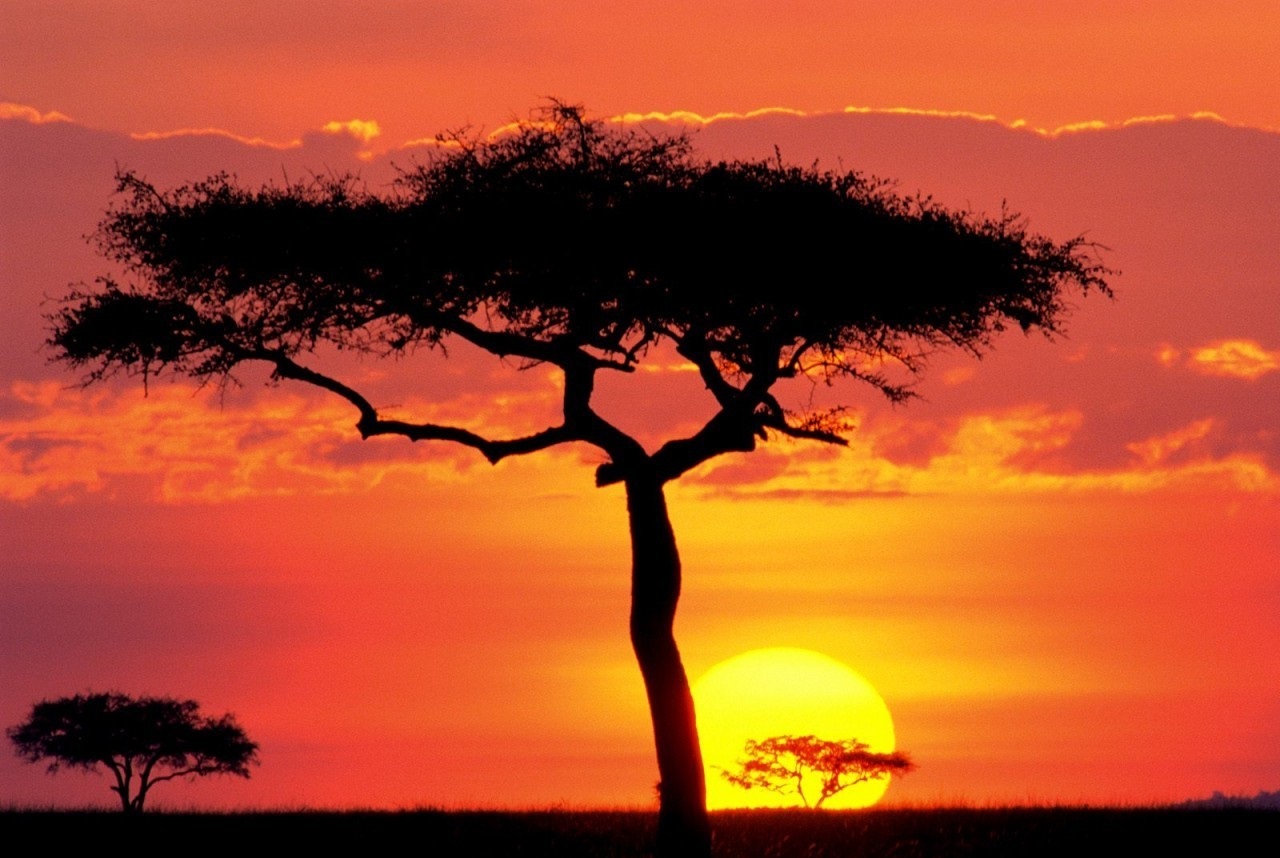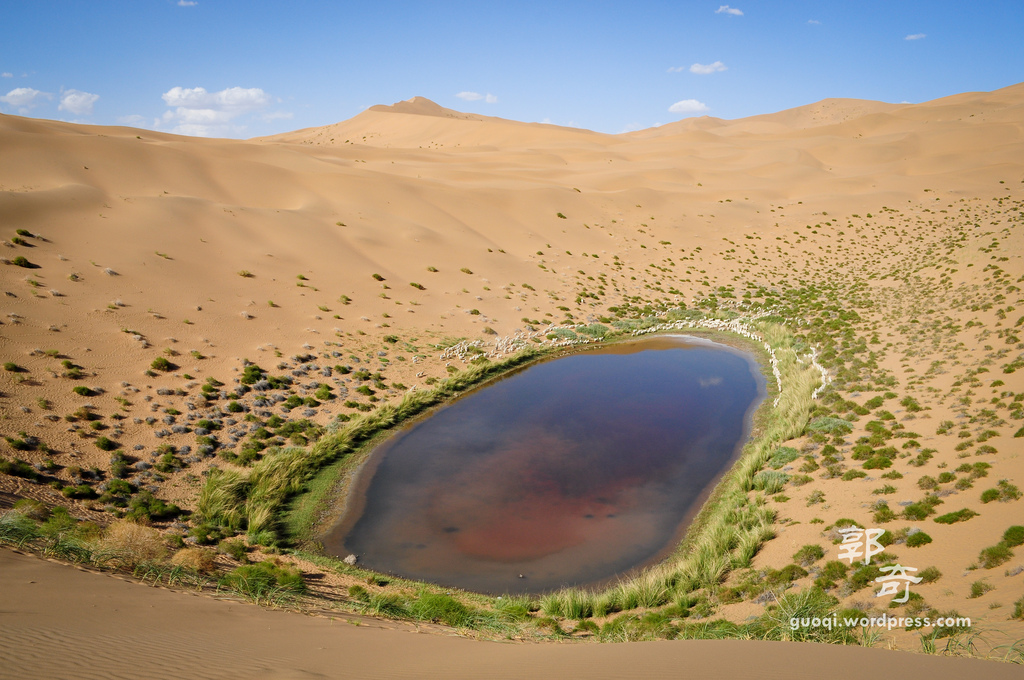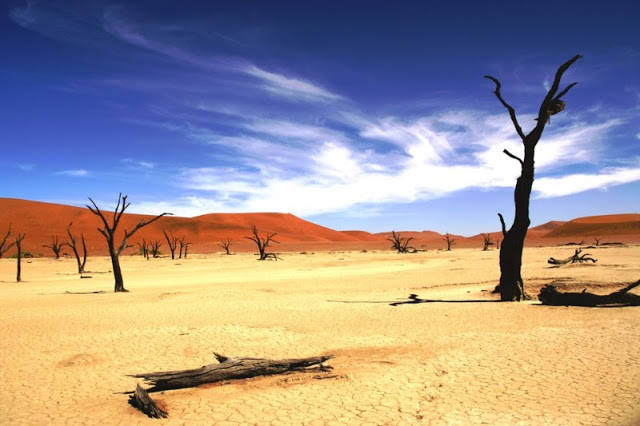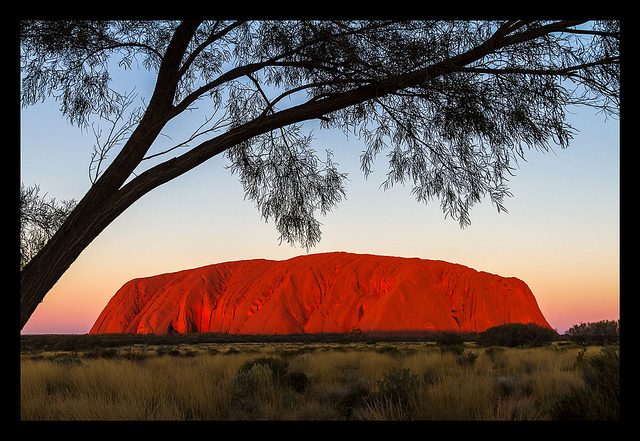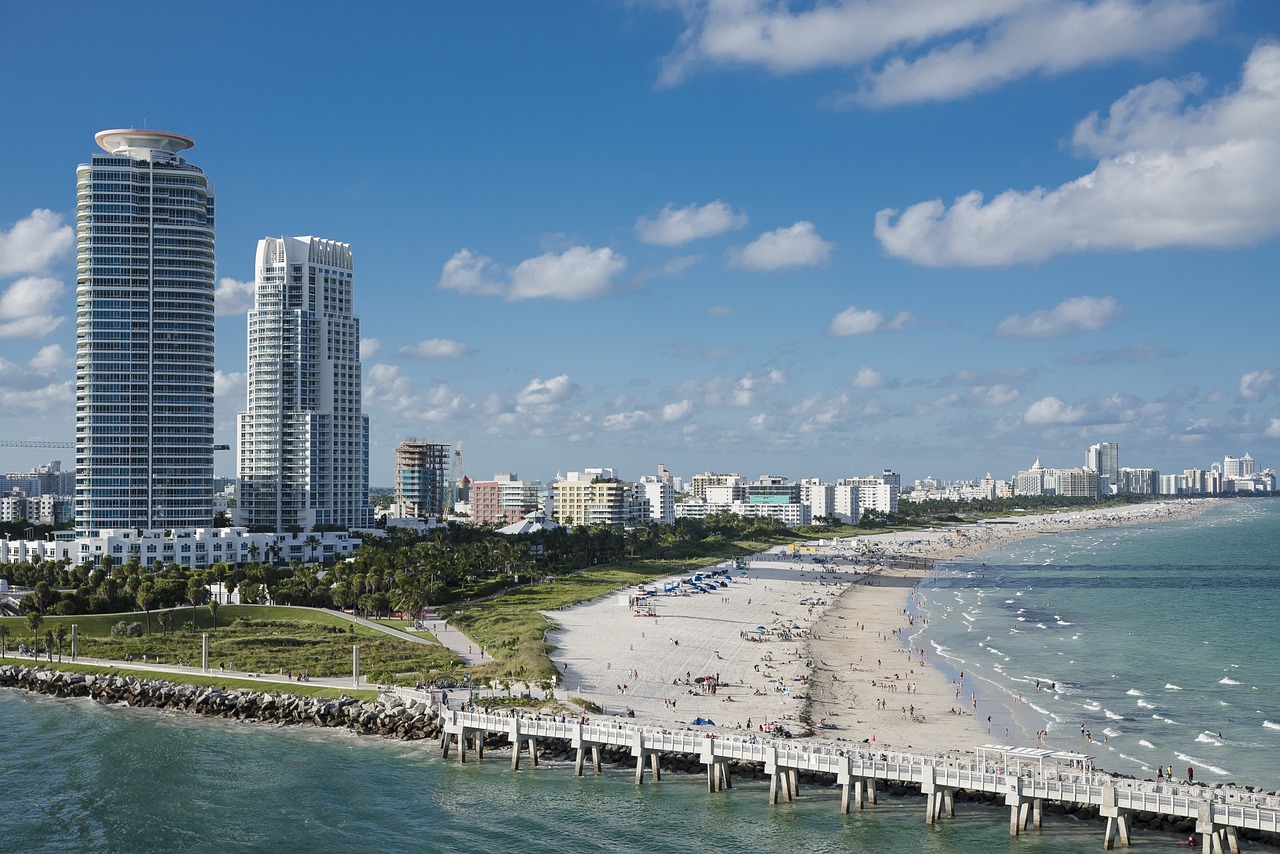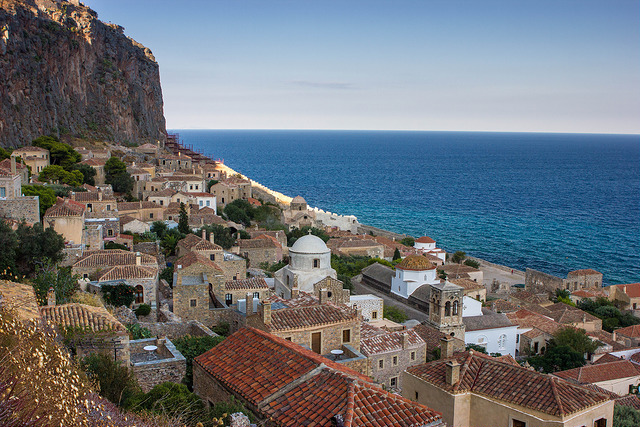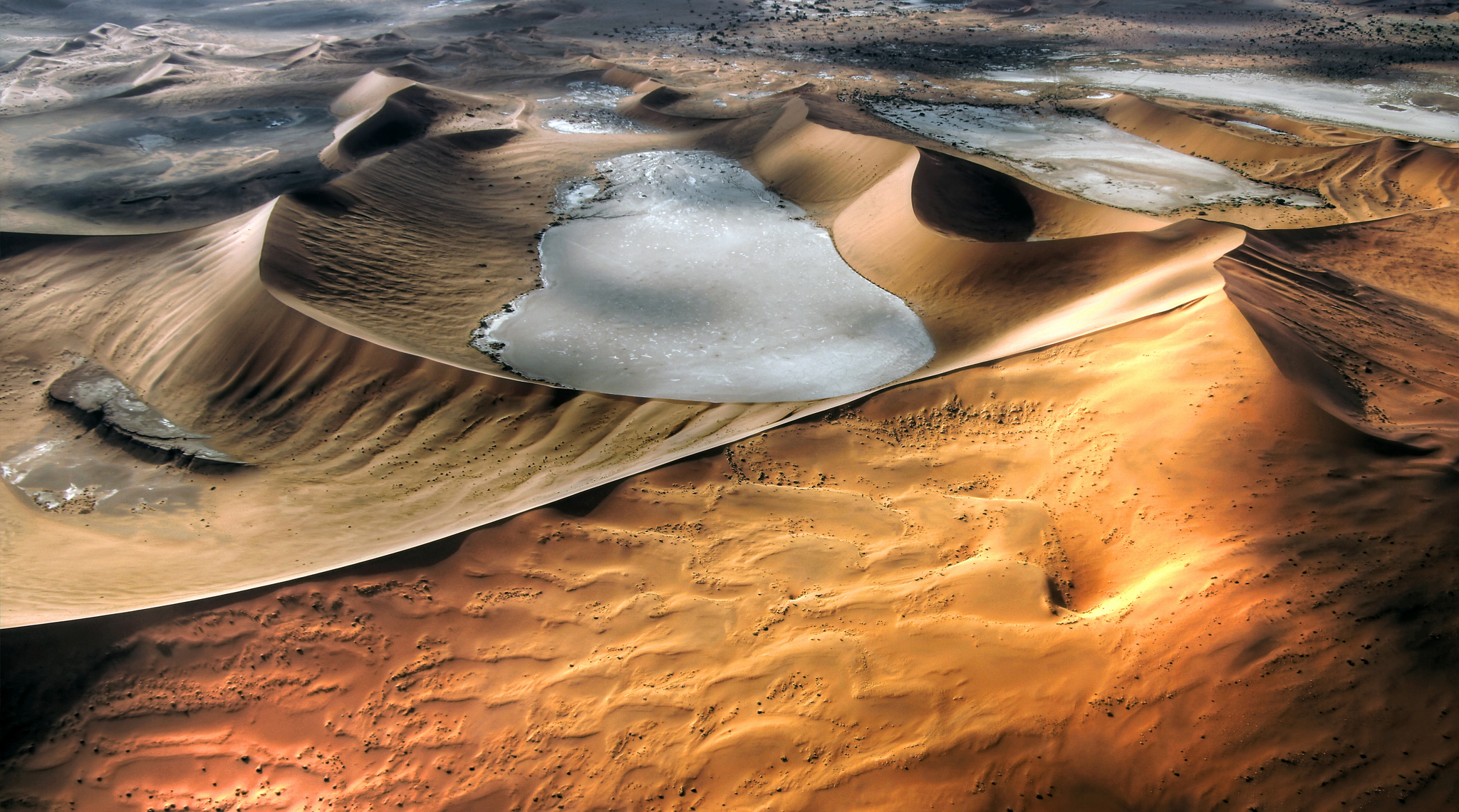Oases are places where there is a natural drinking water. Large oases today represent entire cities. With the advance of technology oases are spreading and there you can find new sources of water, at a depth of 1800 meters. If you want to see one beautiful oasis, visit Huacachina.
There grow different types of plants and trees such as palms, clover, different vegetables and in some places even bananas. You can enjoy its uniqueness and significance.
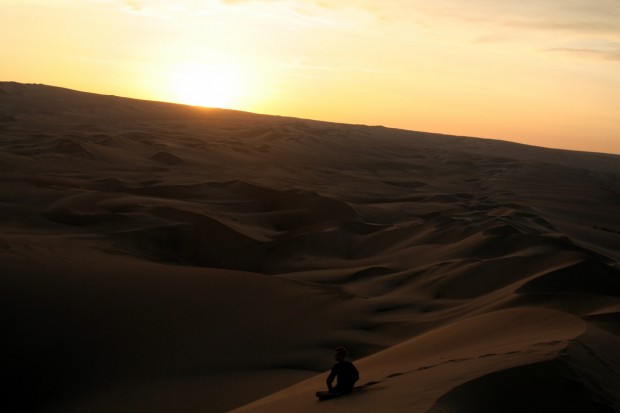
Image by ilker ender via Flickr
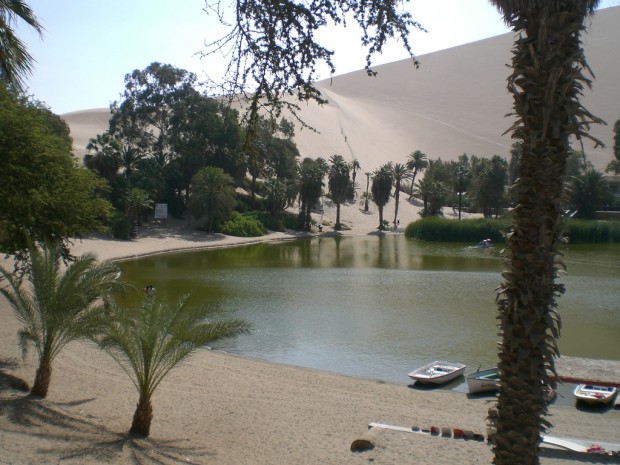
Image by Cyril Bèle via Flickr
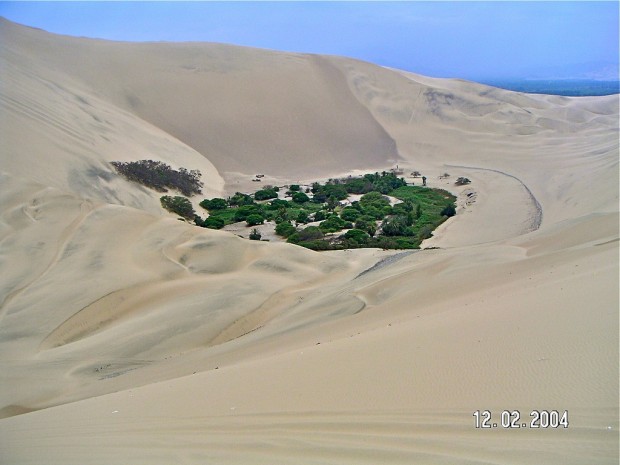
Image by Patrick Nouhailler via Flickr
Huacachina is a village in the region of Ica, in south-western Peru. Huacachina is built around a small natural lake in the desert. Named “oasis of America”, it represent an attraction for tourists. It is surrounded by sand dunes which are high few hundred meters. The lake is formed naturally, but the legend says that once upon a time there young princess was bathing. But, she was discovered by a hunter and escaped, leaving behind a pool of water occurring lake. This unusual city was popular reigned by richest inhabitants of Peru in the forties of the last century. They were used to come to swim in the lagoon, because they thought that the water has healing properties. The visitors made a small “paradise”.
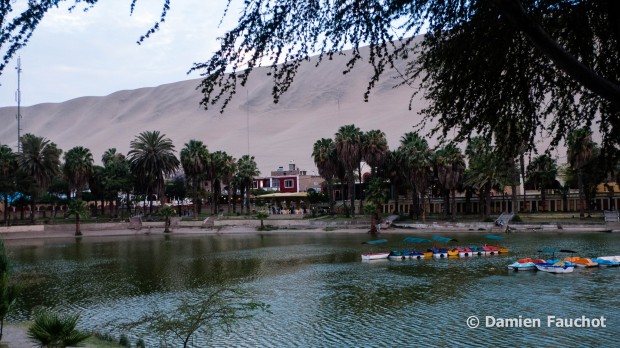
Image by Damien Fauchot via Flickr
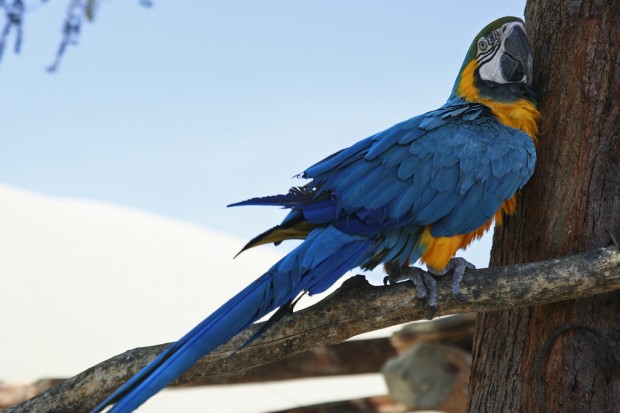
Image by imke.stahlmann via Flickr
Located in convenient facilities beside the pond, guests can “surf the sand” and drive “Bagi desert” in the surrounding desert dunes. There 96 people leading small businesses of their greatest resource – sand. Tourism was developed after 1940, but the top experiences are from 1990 until today. The Huacachina is threatening by the groundwater and that is why oasis every year has a little sink. Oasis is actually a collection of resorts and restaurants around a blue-green lagoon surrounded by mountains of sand and permanent population.
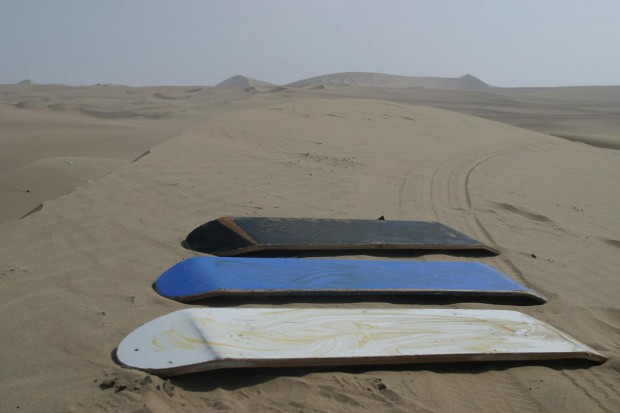
Image by Kim Stebbens via Flickr
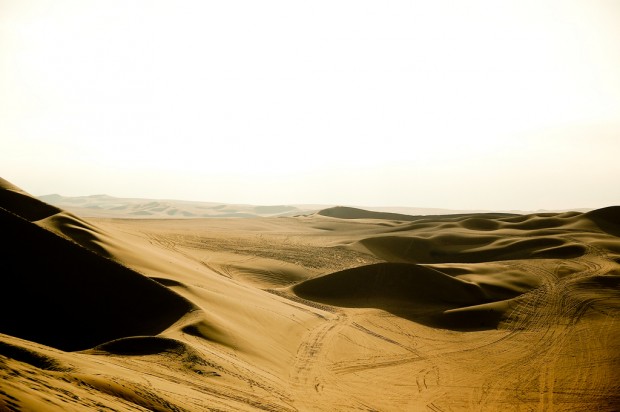
Image by Aureliano Nóbrega via Flickr

